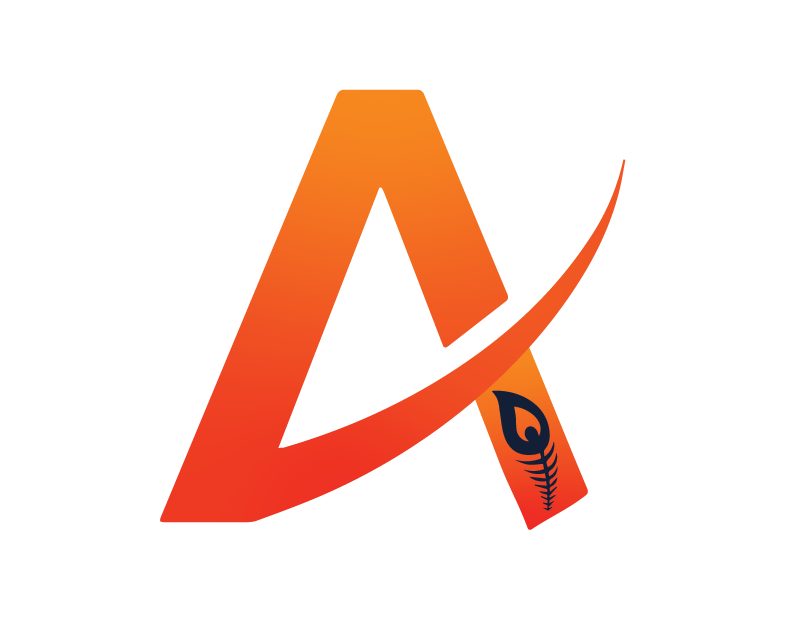In this highly competitive digital world, Google Pay-Per-Click (PPC) advertising has emerged as a powerful tool for businesses to reach their target audience and drive measurable results. But how do you ensure that your PPC campaigns are performing at their peak? How can you maximize your ad spend and achieve the best ROI possible? Fear not! In this blog post, we will unlock into the secrets of maximizing your PPC performance, getting you with tips and strategies to conquer the digital advertising world.
1. Understanding the Basics of PPC
PPC, or Pay-Per-Click, is a digital advertising model where advertisers pay a fee each time their ad is clicked. It’s an effective way to drive targeted traffic to your website and boost conversions. But how exactly does it work?
At its core, PPC involves bidding on keywords relevant to your business and creating ads that will appear when those keywords are searched for. The position of your ad in search engine results pages (SERPs) is determined by factors like bid amount, quality score, and relevance.
Quality Score: One key aspect of understanding PPC is the concept of quality score. This metric evaluates the relevance and overall user experience of your landing page and ad copy. A higher quality score can result in lower costs per click (CPC) and better ad positions.
Budget: Next, fundamental element is setting a budget for your campaign. By determining how much you’re willing to spend on clicks, you have control over your daily or monthly ad spend.
Ads Type: It’s also important to understand the different types of PPC campaigns available. Search ads display text-based ads at the top of SERPs based on keywords, while display ads use images or videos on websites within Google’s network.
By familiarizing yourself with these basics, you’ll be well-equipped to dive deeper into optimizing your PPC performance! So let’s move on to our next section: Setting Clear Goals and Objectives for Your Campaigns. Stay tuned!
2. Setting Clear Goals and Objectives
When it comes to maximizing your PPC performance, setting clear goals and objectives is a crucial first step. Without a well-defined plan in place, you may find yourself aimlessly wandering through the digital advertising world.
Set Goals: To begin, take some time to assess what you hope to achieve with your PPC campaigns. Are you looking to increase brand awareness? Drive more traffic to your website? Generate leads or conversions? By clearly outlining your goals, you can tailor your strategies and tactics accordingly.
Set Metrics: Consider the specific metrics that will help you measure success. Whether its click-through rates (CTR), conversion rates, or return on ad spend (ROAS), identifying these key performance indicators will allow you to track progress and make data-driven decisions.
KPIs: In addition to defining goals and KPIs, it’s important to establish realistic timelines for achieving them. Rome wasn’t built in a day, and neither will be your PPC success! Break down larger objectives into smaller milestones that can be attained within specified timeframes.
Monitor Performance: Remember that setting clear goals isn’t a one-time task; it requires ongoing monitoring and adjustment as needed. Keep an eye on industry trends, competitor activity, and consumer behavior so that you can adapt your strategies accordingly.
By taking the time upfront to set clear goals and objectives for your PPC campaigns, you’ll be laying a solid foundation for success in the digital advertising world. Stay tuned for our next blog section where we’ll discuss conducting keyword research and targeting the right audience!
3. Conducting Keyword Research and Targeting the Right Audience
Keywords are the backbone of any successful PPC campaign. They are the words or phrases that people use when searching for products or services online. By conducting thorough keyword research, you can identify the most relevant and high-performing keywords to target in your ads.
Start by brainstorming a list of potential keywords related to your business. Then, use keyword research tools like Google Keyword Planner or SEMrush to expand your list and gather data on search volume and competition levels.
Once you have a comprehensive list of keywords, it’s important to consider your target audience. Think about their demographics, interests, and behaviors to ensure you’re targeting the right audience with your ads.
Narrow down your keyword selection by focusing on long-tail keywords that are more specific and have lower competition. This will help improve ad relevancy and increase the chances of reaching an engaged audience who is actively looking for what you offer.
Remember to regularly monitor keyword performance within your campaigns. You may find that certain keywords perform better than others, so it’s essential to optimize accordingly. Adjust bid amounts, add negative keywords, or experiment with different match types as needed.
By investing time into conducting thorough keyword research and understanding your target audience, you’ll be able to create highly effective PPC campaigns that drive quality traffic and maximize conversions.
4. Crafting Effective Ad Copy and Landing Pages
When it comes to maximizing your PPC performance, crafting effective ad copy and landing pages is crucial. These elements play a significant role in attracting the right audience and driving conversions. Here are some tips to help you create compelling ad copy and optimize your landing pages for success.
Your ad copy should be concise, engaging, and tailored to your target audience. Use clear language that highlights the unique value proposition of your product or service. Incorporate relevant keywords strategically to improve visibility in search results.
Make sure that your ad copy aligns with the content on your landing page. This ensures a seamless user experience and reduces bounce rates. Your landing page should provide valuable information related to the ad’s messaging while maintaining consistency in terms of design and branding.
Additionally, consider including persuasive elements such as customer testimonials, trust badges, or limited-time offers on both the ad copy and landing page. These can help build credibility and encourage users to take action.
Regularly test different variations of ad copy headlines or calls-to-action to determine which ones resonate best with your audience. Continuously monitor performance metrics like click-through rate (CTR), conversion rate (CVR), bounce rate (BR), etc., to identify areas for improvement.
5. Utilizing Ad Extensions for Maximum Impact
Ad extensions are powerful tools that can greatly enhance your PPC performance and help you stand out from the competition. By providing additional information and options to users, ad extensions can improve click-through rates, increase conversions, and ultimately drive more qualified traffic to your website.
There are various types of ad extensions available, each serving a different purpose. Site link extensions allow you to include additional links below your main ad text, directing users to specific pages on your website that may be relevant to their search query. This not only provides users with more options but also increases the visibility of your ads by taking up more space on the search results page.
Callout extensions enable you to highlight key selling points or unique features of your products or services directly in the ad copy. These short snippets of text can capture attention and persuade users to click on your ad rather than a competitor’s.
Structured snippets allow you to showcase specific categories or types within a broader product or service offering. For example, if you offer different types of insurance plans, structured snippets would enable you to highlight categories such as auto insurance, home insurance, and life insurance.
Another useful extension is the call extension which allows users on mobile devices to directly call your business with just one tap. This is particularly valuable for businesses that rely heavily on phone calls for lead generation or customer inquiries.
Location extensions display essential information about your physical store locations alongside the text ads. This enables potential customers who are searching locally for products or services like yours find directions easily without having them navigate through multiple pages of search results.
By utilizing these various ad extensions strategically based on your goals and objectives as well as targeting audience preferences, you can maximize impact by providing more relevant information at a glance while increasing visibility against competitors.
6. Monitoring and Adjusting Campaigns for Optimal Performance
Monitoring and adjusting campaigns is a crucial step in maximizing the performance of your PPC advertising. By regularly tracking the metrics and making necessary adjustments, you can ensure that your campaigns are delivering optimal results.
One important metric to monitor is the click-through rate (CTR). This indicates how often people are clicking on your ads compared to the number of times they’re shown. A low CTR may suggest that your ad copy or targeting needs improvement. Experiment with different variations to find what resonates best with your audience.
Conversion rate is another key metric to keep an eye on. It tells you how many visitors take a desired action, such as making a purchase or filling out a form. If your conversion rate is low, consider revisiting your landing page design, and call-to-action buttons, or even reevaluating your targeting strategy.
In addition to monitoring metrics, it’s important to stay updated on industry trends and competitor analysis. Keep an eye on what strategies are working for others in your industry and adapt accordingly.
Regularly testing new ad copy variations can also help optimize campaign performance. Try different headlines, descriptions, and calls to action to see which ones resonate best with your target audience.
Don’t be afraid to reallocate budget based on performance data. If certain keywords or placements consistently underperform despite optimizations, it may be beneficial to shift funds toward more successful areas.
Remember that monitoring and adjusting campaigns should be an ongoing process rather than a one-time task. The digital advertising landscape constantly evolves, so staying proactive will ensure that you continue achieving optimal performance for your PPC campaigns.
Conclusion: The Importance of Continual Optimization for PPC Success
In the fast-paced world of digital advertising, staying ahead of the competition requires more than just setting up a PPC campaign and letting it run on autopilot. To truly maximize your PPC performance and achieve success, continual optimization is crucial.
Continual optimization involves continuously monitoring and adjusting your campaigns to ensure they are delivering optimal results. This means regularly analyzing data, making strategic adjustments, and testing new approaches to improve your ads’ effectiveness.


